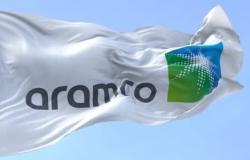The second attempt was to be the right one and pave the way for an additional solution in space exploration. After a first test canceled at the last moment in early May, Boeing’s Starliner spacecraft still failed to take off this Saturday, June 1, from Cape Canaveral in Florida. The operation was canceled 3 minutes and 50 seconds before takeoff by the automatic triggering of an emergency procedure.
Astronauts Butch Wilmore and Suni Williams, two veterans of the American space agency, had to once again evacuate the capsule named Calypso in homage to Commander Cousteau’s oceanographic ship. The ULA group’s Atlas V rocket was held up by the central computer which supervises the launch for an unknown technical reason.
The frustration was palpable in the NASA control center and at the giant Boeing after a series of cold showers. Ten years ago, the American government ordered two new vehicles from the national flagships Boeing and SpaceX to transport its astronauts to the International Space Station (ISS), in order to no longer depend on Russian Soyuz spacecraft. XXL contracts worth $4.2 billion with Boeing and $2.6 billion with SpaceX had been signed. If SpaceX has been carrying out its space taxi mission for four years, the Boeing project has suffered a series of setbacks and has accumulated years of delay.
ISS astronauts await Boeing capsule
In 2019, during a first uncrewed test, the spacecraft could not be placed on the correct trajectory and returned without reaching the ISS. Then, in 2021, a problem with blocked valves on the capsule led to the postponement of a new attempt. The empty vehicle finally managed to reach the ISS in May 2022. It took another two years before confidence in the device reached a sufficient level to consider a manned flight.
Their arrival was, however, eagerly awaited by the inhabitants of the ISS. The ship is carrying equipment added at the last minute: enough to repair the system allowing astronauts’ urine to be recycled into water. A pump suddenly stopped working this week, and urine must be stored on board in the meantime.






